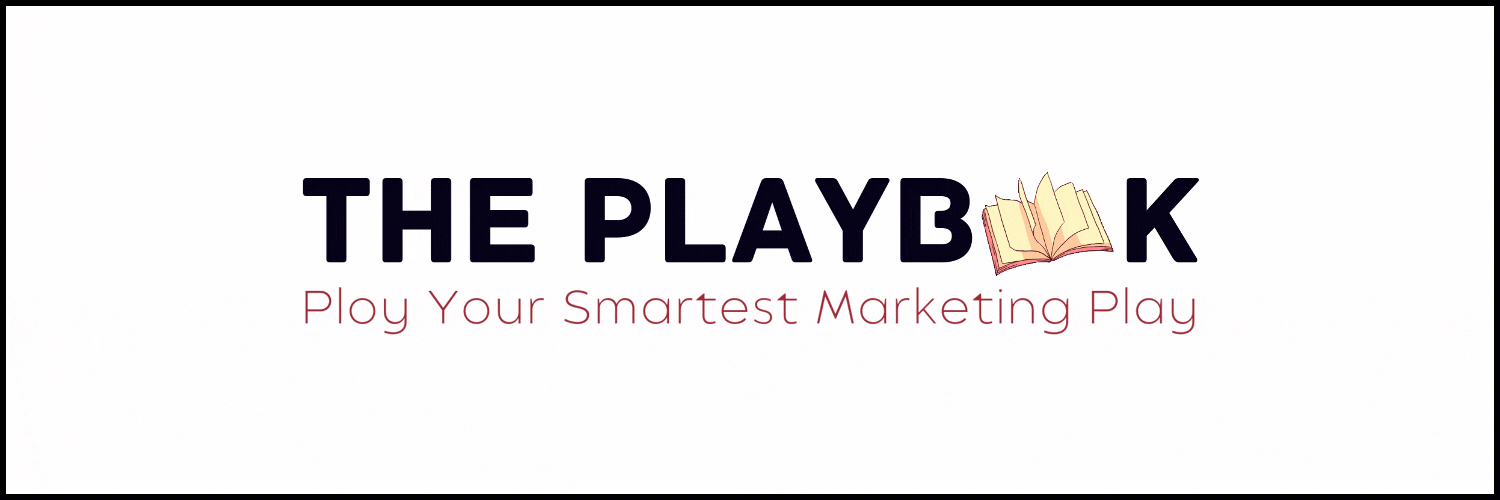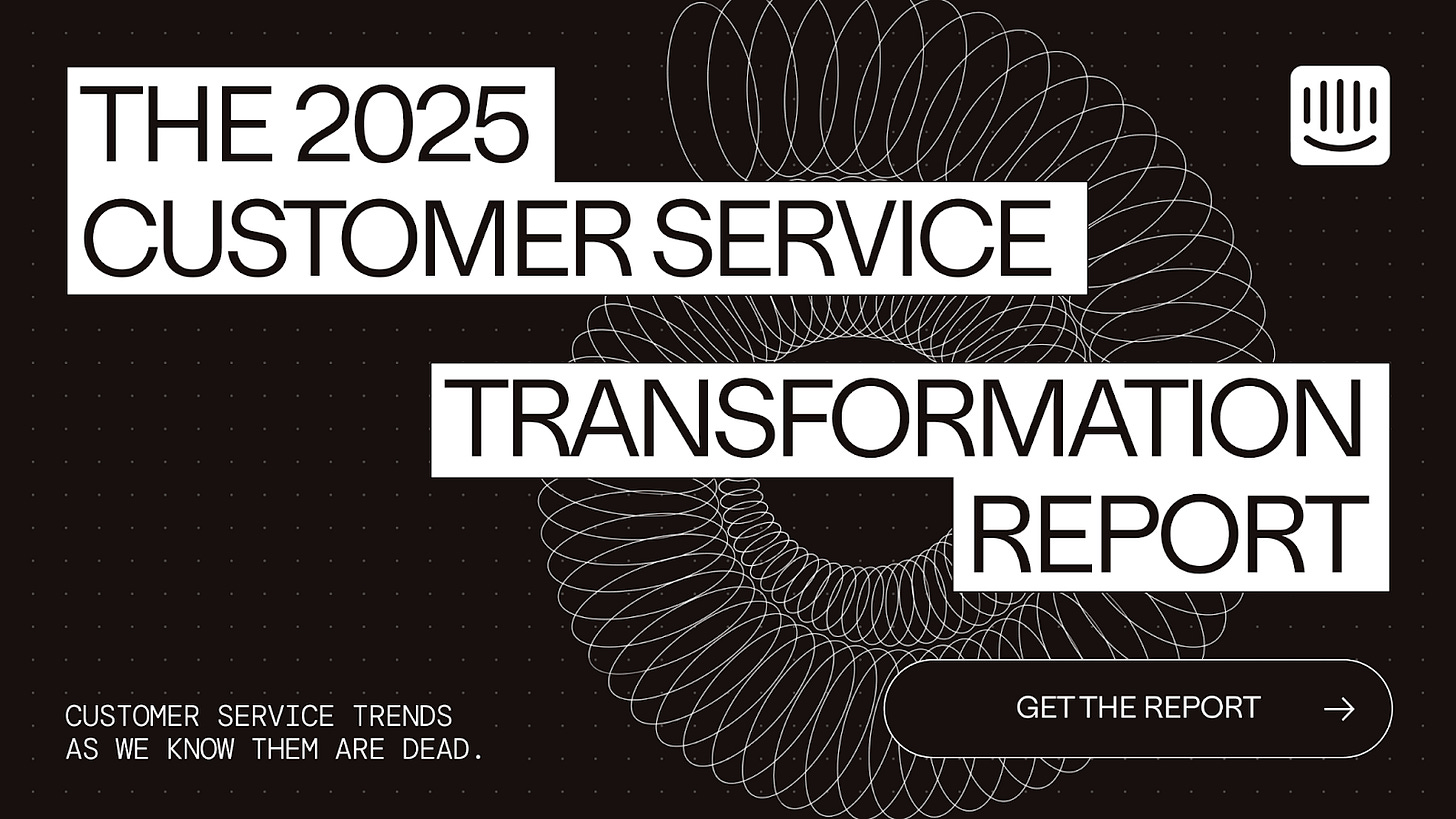The Post Valentine Paradox
💡When Love Becomes an Algorithmic Ghost

Hey Readers 🥰
Welcome to today’s edition, bringing the latest growth stories fresh to your inbox.
And just a quick heads-up! If you stumbled upon us through a friend, make sure to subscribe below! That way, you’ll never miss out on the trending stories.
💡 Post-Valentine’s Paradox: When Love Becomes an Algorithmic Ghost
Valentine’s Day is like a digital firework—bright, beautiful, and completely forgotten the next morning. Consumers are bombarded with “perfect gifts” and grand romantic gestures, but as soon as February 15th hits, love itself becomes a ghost in the algorithm. Brands vanish from the love equation, assuming the emotional high has expired.
But here’s the wild insight: Love doesn’t disappear. It just changes shape.
Brands that see love as a one-day sales event lose their customers the second the dopamine fades. But brands that understand that love is a behavioral loop, not an occasion, unlock something much bigger—a year-round emotional ecosystem where they never leave the consumer’s subconscious.
📡 The Love Signal: Tapping Into Emotional Residue
Every major event leaves a psychological imprint on consumer behavior. Valentine’s Day is one of the few mass-market emotional triggers that reshapes purchasing behavior for weeks. But instead of sustaining that momentum, brands abandon it. What if we could hijack that residual love energy and redirect it?
Here’s the real post-Valentine’s unlock:
Stop selling love as a product.
Start embedding love as an ambient experience.
Post-Valentine’s Playbook: Engineering Everyday Love Loops
1️⃣ “The Love Glitch Effect” – Breaking the Predictable Love Cycle
Most consumers return to routine after Valentine’s, creating a predictable purchase lull. But psychological studies show that unexpected displays of love have a stronger emotional impact than predictable ones (e.g., an anniversary gift). Brands should disrupt the love decay timeline by triggering “Random Acts of Love” Days—targeting surprise moments when the customer least expects them.
Execution:
- Imagine sending a follow-up gift 7-14 days post-Valentine’s (“Love isn’t just for one day. Here’s something unexpected.”)
- A/B test delayed rewards—loyalty perks unlocked on completely random dates instead of transactional moments.
2️⃣ “Love as a Loop, Not a Spike” – The Psychological Reprogramming Hack
Marketers focus too much on high-intensity love (Valentine’s, anniversaries, proposals) and ignore low-intensity but high-frequency love (daily gestures, micro-intimacies, nostalgia triggers).
Execution:
- Transform products into relationship rituals—not a one-time buy, but part of a couple’s routine (e.g., “Every Tuesday Night Box” for at-home date nights).
- Use user-generated content cycles to create love memory loops—people resurface old moments when prompted, keeping your product emotionally relevant.
3️⃣ “AI-Driven Romance: The Emotional Heatmap Hack”
Most brands analyze consumer purchase behavior, but the real power is in emotional pattern recognition. AI models can track when people are most likely to crave love (stress cycles, work-life balance, seasonal moods) and predict love-seeking purchase intent.
Execution:
- Brands can use AI to predict when a customer will most need a love-related dopamine hit (beyond holidays).
- Imagine an AI-powered recommendation engine that surfaces “relationship repair kits” right after an argument pattern is detected (e.g., texts between partners indicate frustration, and a “Make-Up Box” offer surfaces).
🛠️ The Future of Post-Valentine’s Marketing
Forget discounts. Forget seasonal hype cycles. The future belongs to brands that become part of consumers’ love languages. Instead of selling love, embed it—not as a fleeting transaction but as a subconscious, always-on emotional state.
The best brands? They don’t sell products. They sell the feeling of never being forgotten.
Partnership with Intercom
Scale your customer service and resolve up to 86% of your support volume with human-quality answers with Fin AI Agent.

The end of customer service trends as we know them AI has transformed customer service forever. Intercom’s 2025 Customer Service Transformation Report reveals how over 2,000 support professionals are feeling about – and adapting to – this new AI-first era.
You’ll discover:
● The new economics of customer service in an AI world
● What customers really think about AI-first CS
● How to take advantage of AI – before the window of opportunity closes.
The future of customer service is here. This is your blueprint for success.
🛠️ Tweet of the Day

We'd love to hear your feedback on today's issue! Simply reply to this email and share your thoughts on how we can improve our content and format. 😍